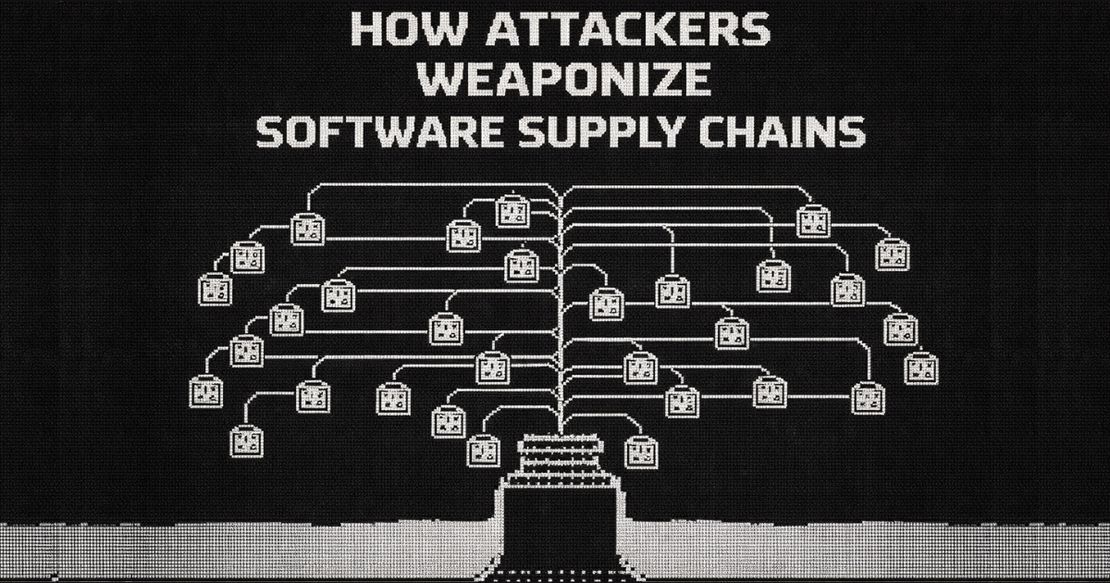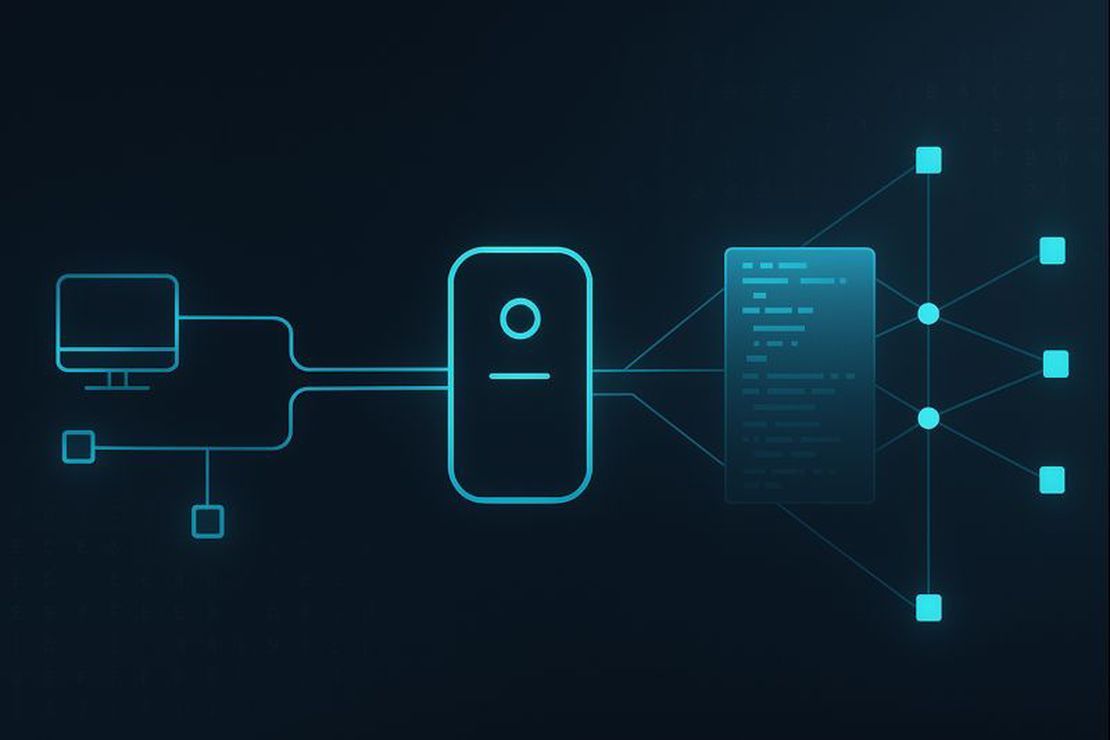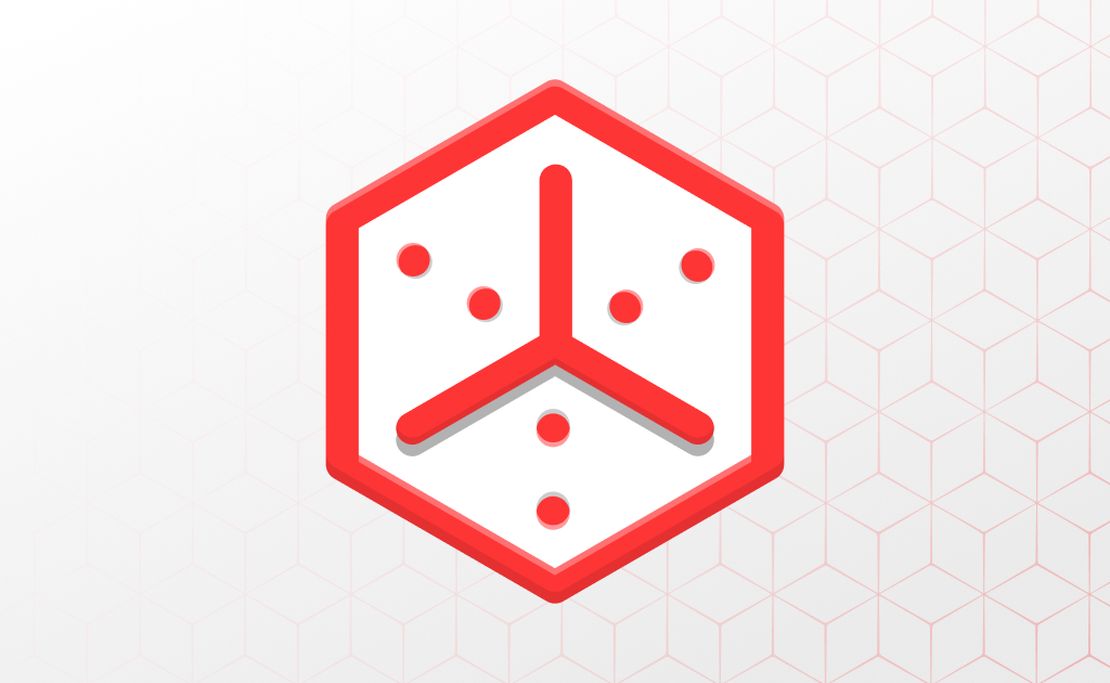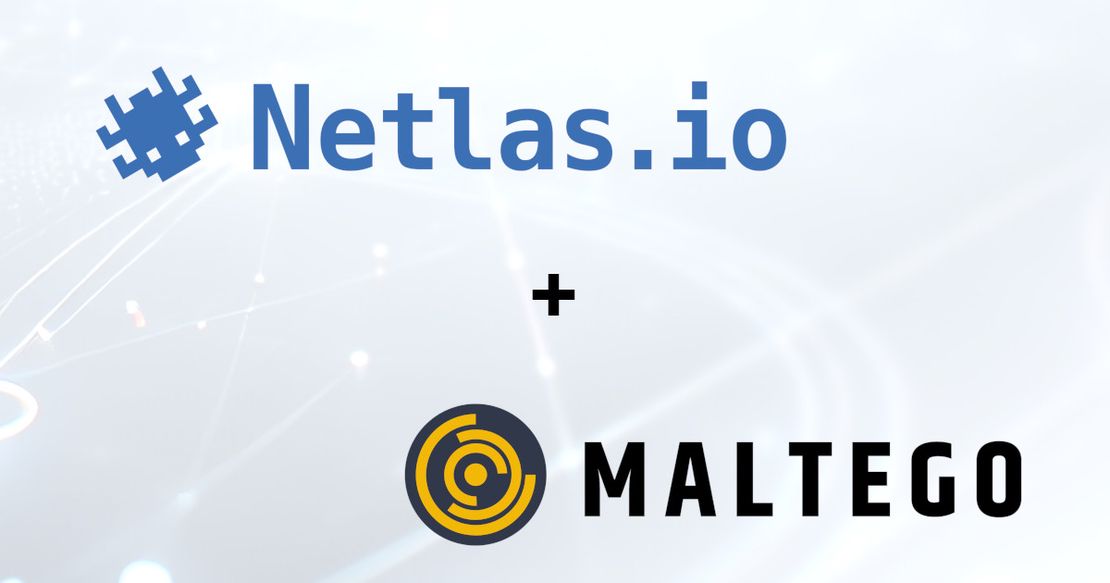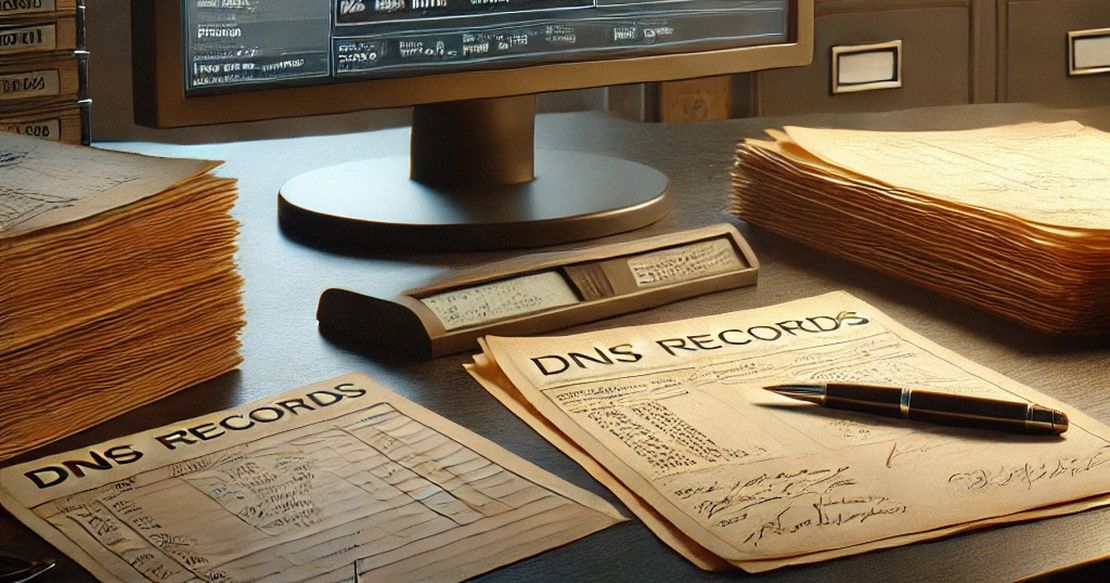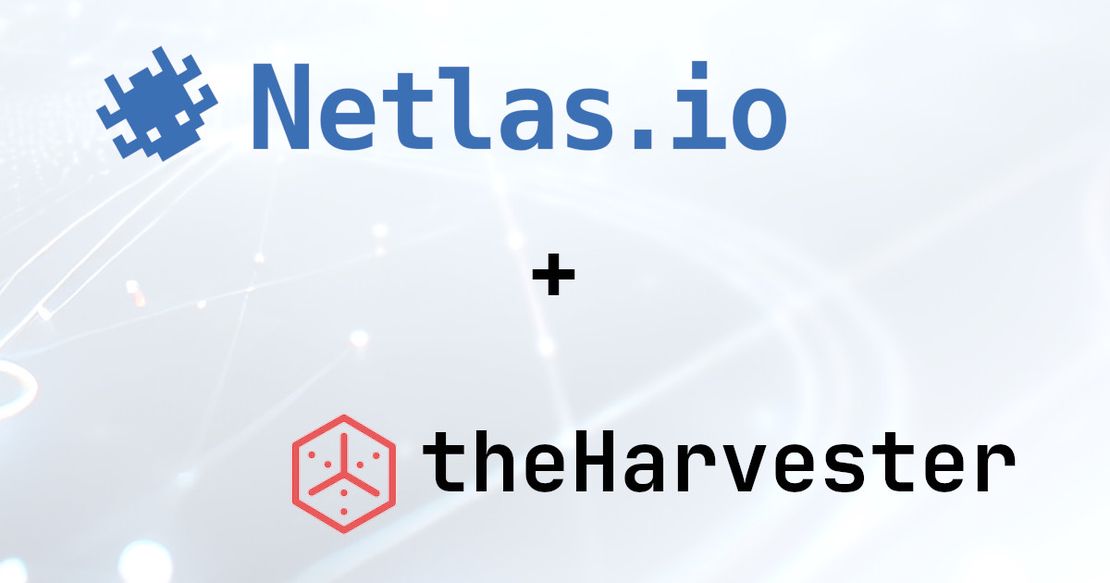Whois History: How to Check the Domain Owner History
April 16, 2025
10 min read
A few days ago, we examined the importance of fresh domain registrations and their role in cybersecurity investigations, particularly for tracking threats like malware, virus outbreaks, and phishing schemes. Today, we build on that discussion with actionable insights on digital asset research. In this guide, we explore the concept of historical domain owner records and demonstrate how to access detailed archival data for any online domain.
Understanding Domain Owner History: What Whois Reveals
The complete archive of a site’s registration, often identified as historical whois data, includes every record logged since the domain’s inception. This comprehensive log of domain owner history, reflecting its domain name history over the years, outlines all modifications and updates from the initial registration onward.
Unique points to note include:
- A chronological account of changes in administrative details.
- Insights into eras when domain details were fully open before privacy measures became standard.
- Context about earlier domain name registration practices that can assist in digital investigations.
Even though many current domains now use privacy protection to conceal registrant information, earlier records were fully public, offering a wealth of information for cybersecurity analysis and historical review.
Why Domain History Matters for Verification
A domain’s past performance can greatly influence its current visibility and credibility online. For instance, if a website was once associated with content of questionable merit and subsequently penalized or even removed from search results, these negative echoes can persist and harm the reputation of both the site and its new owner. Therefore, when considering the purchase of an existing website, a thorough review of its historical records is essential.
Consider discarding a pre-owned domain if you observe any of these red flags:
- Involvement in aggressive link schemes or participation in spam networks.
- Utilization of deceptive gateway pages intended to manipulate visitor traffic.
- Hosting of recycled or excessively keyword-saturated content that compromises originality.
- Previous promotion of extremist views or content that encourages hate or discrimination.
- A marked discrepancy between its former thematic focus and the site’s current subject.
- Additionally, any past connections with malicious cyber activities, such as malware distribution or phishing scams, should raise significant concerns.
Conversely, some domains boast a pristine record, earning high trust from search engines and benefiting from years of positive history. Often, such sites have become inactive not due to penalties, but because of administrative oversights or a lapse in renewals. However, a pattern of frequent ownership changes with neglected renewals is a strong indicator to exercise caution before acquisition.
Request Your Free 14-Day Trial
Submit a request to try Netlas free for 14 days with full access to all features.
Key Benefits of Checking Domain Ownership History
When conducting open-source intelligence research, examining the digital footprints—specifically, domain names and their corresponding IP addresses—associated with a target is essential. Delving into the historical records of domain ownership can offer critical insights in various situations, including:
- Cyber incident investigations: With the surge in deceptive campaigns, fraudulent sites, and malware outbreaks, accessing past registration details and changes in technical or administrative data can help pinpoint suspicious alterations. For instance, investigators might track shifts in contact information or server assignments that align with the timeline of a cyber attack.
- Brand protection efforts: For companies safeguarding their trademarks, monitoring past domain records is invaluable. This historical data aids in identifying and mitigating unauthorized use, such as cybersquatting or other forms of intellectual property abuse, ensuring that a brand’s digital presence remains secure.
- Reputation management scenarios: A domain’s previous association with negative or unethical practices can continue to influence public perception. Analyzing its history helps organizations assess potential risks before integrating the domain into their current operations.
- Due diligence in acquisitions: When acquiring digital assets, a detailed review of past ownership records can reveal hidden issues that might affect search engine performance or overall credibility. For example, a company might discover that a promising domain had a history of involvement in spam networks, prompting further investigation before finalizing a purchase.
These scenarios illustrate how understanding the evolution of a domain’s ownership can significantly bolster cybersecurity efforts, brand integrity, and strategic business decisions.
What Domain History Can Tell You
Reviewing a domain’s past record is much like scrutinizing a vehicle’s maintenance log—it offers a detailed account of how the asset was used and cared for over time. This historical record can reveal several key details, such as:
- Former transaction records.
- Prior roles or functions of the domain.
- The initial date of registration.
- Any links to illicit activities.
- Occurrences of trademark violations.
- Previous custodianship history.
In some cases, you might even uncover data on visitor metrics.
For example, if you’re considering an investment for brand expansion or planning to resell a premium domain, understanding its historical background helps you identify any hidden liabilities. Similarly, when consolidating digital assets during a merger or acquisition, verifying past ownership can prevent reputational risks linked to previous misuses.
How to Look Up Domain Name History
Much like running an IP check, you can easily explore a domain’s registration trail through various tools available on the web, via command-line utilities, or through API integrations.
While standard WHOIS/RDAP tools typically provide only the current registration details, we at SecurityTrails have developed two innovative methods to retrieve older registration records efficiently.
Additionally, the industry is looking toward the Registration Data Access Protocol (RDAP) as a future replacement for the traditional WHOIS. Crafted by the Internet Engineering Task Force, RDAP offers current domain registration insights similar to WHOIS, but with modern features—it communicates using JSON over HTTP REST and supports both HEAD and GET methods. Plans are in motion to extend RDAP’s capabilities to include historical data retrieval, though this functionality remains in its early stages.
For example, imagine a scenario where a cybersecurity professional needs to track historical shifts in a domain’s administrative details to uncover potential fraudulent activity. Alternatively, consider a business looking to acquire a domain; using these advanced lookup methods can confirm the domain’s past usage, ensuring it aligns with the company’s reputation and branding goals.
Smarter Whois History Search with SurfaceBrowser™ WhoWas
SurfaceBrowser™ WhoWas Smart transforms the process of exploring historical domain records into an effortless task. As one of our premier enterprise solutions, it streamlines the review of a domain’s registration past without the need for cumbersome API key setups. Simply sign into your user dashboard and navigate to https://securitytrails.com/app/sb to begin.
Within the platform, you’ll encounter an interactive chronology that maps every change in a domain’s registration. By selecting any moment on this timeline, you gain access to detailed snapshots of the domain’s evolution. This includes registrar data—such as the registering entity, estimated domain lifespan, initial registration date, most recent update, and renewal deadline—as well as registrant information like contact name, organization, address, country, email, and phone number. Additionally, comprehensive records from administrative and technical contacts are available, offering similar detailed insights.
Moreover, if you need to expand your investigation, SurfaceBrowser™ WhoWas Smart integrates supplementary data streams including current DNS records, historical DNS shifts, subdomain details, reverse DNS information, complete IP ranges, SSL certificate data, related domains, open ports, and user-agent specifics per IP.
For instance, a cybersecurity investigator might leverage this tool to pinpoint irregular updates in a domain’s history that could signal phishing or malware activities. In another scenario, a brand manager considering a domain acquisition can use these insights to ensure the domain’s legacy aligns with their reputation standards and long-term strategy.
By providing a comprehensive and interactive OSINT toolkit, SurfaceBrowser™ WhoWas Smart empowers users to conduct in-depth security assessments and make informed decisions with confidence.
Using Netlas.io for Whois History Lookup
Netlas.io redefines the exploration of historical domain records by offering a streamlined, interactive platform for owner history searches. With its innovative index-switching feature, users can effortlessly navigate through a domain’s past registration details—accessing records spanning up to 23 years. While this temporal range may seem limited compared to legacy archives, it underscores the platform’s youthful dynamism; as Netlas.io continues to grow, so too will its historical depth.
After signing into your account at Netlas.io, you’re greeted with an intuitive dashboard designed to simplify the search process. By switching indexes for specific queries, you can uncover comprehensive snapshots of a domain’s evolution—including registrar data, registration dates, and detailed contact information. This tool not only makes it easier to trace changes in domain ownership over time but also supports cybersecurity investigations, brand reputation checks, and due diligence processes.
Furthermore, Netlas.io boasts an impressive repository with WHOIS records for approximately 260 million domains. This vast data volume ensures that users have access to an extensive wealth of information, empowering them to make informed decisions quickly. Although the historical data currently extends only up to 23 years, this limitation is a temporary phase reflecting the platform’s newness—a challenge that will diminish as the system matures and more data accumulates.
In essence, Netlas.io provides a powerful, user-friendly solution for anyone looking to delve into the history of domain ownership. Its blend of cutting-edge features and an ever-expanding database positions it as an invaluable resource for professionals across the cybersecurity and digital asset management landscapes.
Getting Whois History via AP
Our cybersecurity API includes a variety of endpoints for security investigations, one of which is specifically engineered to access archival WHOIS records for any domain. By sending a simple HTTP GET request from any client, you can pull a complete timeline of a domain’s registration details.
For example, in a Linux terminal you might run:
curl --request GET \
--url https://api.securitytrails.com/v1/history/linkedin.com/whois \
--header 'apikey: your.api.key'In this case, we queried linkedin.com to retrieve its full history of domain ownership. The results are presented interactively on our platform, where you can click on highlighted markers to inspect each record, while terminal users will see all the data directly in the output.
Consider these additional scenarios:
- A security analyst may use this endpoint to track subtle changes in domain registration, which could signal the emergence of phishing or malware operations.
- A domain investor can review the historical records to verify the legitimacy and stability of a domain before committing to a purchase, ensuring that it hasn’t been associated with suspicious activities in the past.
How Domain History Affects Reputation
A domain’s past usage is a critical determinant of its current credibility. It’s advisable to steer clear of domains with histories linked to spam, search engine sanctions, or unethical practices. For instance, consider a domain previously exploited for deceptive schemes; such misuse might have led to adverse user feedback and dubious backlinks that continue to undermine its reputation. Acquiring such a domain means inheriting these issues, necessitating a rigorous and prolonged effort to repair its image and overhaul its link profile.
Another scenario might involve a domain formerly engaged in widespread unsolicited email campaigns, resulting in a tarnished email reputation and potential blacklisting. This could significantly impede future marketing efforts and require extensive remediation work. Independent UX/UI specialist Dave Smyth highlights the importance of scrutinizing a domain for any past involvement in spamming or other dubious activities. He further advises that checking the domain’s email standing is essential since recovering from a poor reputation or removal from blacklists can be exceptionally challenging.
Best Ways to Check Domain Registration History
Instead of engaging a full-time investigator, you can rely on several straightforward and largely free methods to delve into a domain’s historical records. For instance, a startup might quickly assess whether a potential domain carries any negative associations that could hinder its brand reputation. Similarly, a cybersecurity professional may review past registration data to spot any evidence of previous malicious activities. These practical approaches enable you to gather essential insights without incurring significant expenses.
Start a Free Whois History Lookup
A simple query using your favorite search engine can uncover a treasure trove of background information about a domain. When a domain has an extensive past, you’ll often find its history discussed across various digital spaces such as user reviews, comment threads, online forums, and other community platforms.
For instance, a startup considering a new web presence might perform a quick lookup and stumble upon reports suggesting the domain was once involved in dubious activities, prompting further scrutiny. Likewise, a cybersecurity researcher could discover mentions of past security incidents or ownership changes on tech discussion boards, offering vital clues before any acquisition or integration decision is made.
Use Social Media to Find Whois Clues
Another useful approach is to directly explore social networks such as Bluesky or X, where users share their thoughts and experiences about domains—details that might not surface through conventional search engines. By browsing these platforms, you can uncover discussions and user-generated content that offer unique perspectives on a domain’s past.
For example, a digital marketer might discover firsthand accounts of a domain’s reputation, gleaned from comments and posts on social channels, which could influence a decision to purchase or repurpose it. Similarly, a cybersecurity analyst might stumble upon discussions that reveal historical links to suspicious activities, providing crucial context that standard searches might miss.
Join Communities for Whois History Tips
Many professional groups and niche communities actively connect through platforms like Slack and Discord. If the domain you’re interested in falls within a specialized sector, tapping into these networks can reveal firsthand insights from industry experts and competitors. These platforms also offer opportunities for both virtual and face-to-face gatherings, where you can ask targeted questions about the domain’s historical performance and reputation.
For example, a digital marketing professional might join a relevant Slack group to discover if a domain has been favorably received by its previous audience. Similarly, an IT security specialist could leverage Discord channels to learn about any past incidents or issues linked to a domain, ensuring that it aligns with their security requirements before acquisition.
Use Moz to Explore Whois Records
Moz offers a complimentary domain authority analyzer that evaluates websites by examining factors such as visitor numbers, inbound link quality, and various SEO signals. This tool produces two key ratings: one that reflects a domain’s overall strength in search engine rankings, and another that indicates its likelihood of having spam-related issues. A higher overall strength score suggests that the site is well-regarded by search engines, while a lower spam indicator implies a cleaner, more reputable history.
For example, a digital entrepreneur might use this tool to determine if a potential domain investment has a solid, trustworthy background free from spam associations. Similarly, an SEO expert could compare multiple domains to ensure that the chosen one not only has strong authority but also minimal risk of historical spam penalties, thereby supporting a robust online presence.
Check Backlinks to Support Whois Research
Analyzing the external links that point to a site provides valuable clues about its overall trustworthiness. When these links originate from reputable and high-authority sources, search engines tend to view the domain as credible. Conversely, an overabundance of links from low-quality or questionable sites can detrimentally affect its ranking. Social media references further offer insights into public perception, serving as indicators of customer sentiment and aiding in the evaluation of the domain’s SEO potential.
For instance, a business considering the acquisition of a domain might discover that numerous endorsements from well-established sites enhance its perceived legitimacy. In another scenario, a cybersecurity expert might identify a pattern of links from dubious sources, suggesting previous misuse or association with malicious activities, thereby prompting a deeper investigation before any investment decision is made.
Final Thoughts
In summary, delving into the historical records of domain registration is a crucial strategy for anyone involved in digital security, brand management, or online investments. By harnessing a variety of techniques—from advanced API integrations and interactive platforms to social media analytics, community insights, and backlink examinations—you gain a well-rounded view of a domain’s evolution over time. Whether you’re a digital marketer verifying the legitimacy of a potential domain, a cybersecurity expert tracing past threats, or a business owner ensuring the online reputation of your brand, these methods provide the clarity needed to spot risks and seize opportunities. Ultimately, a thorough understanding of domain history empowers you to make informed decisions and build a more secure, credible online presence in today’s competitive digital landscape.

Book Your Netlas Demo
Chat with our team to explore how the Netlas platform can support your security research and threat analysis.
Related Posts

June 25, 2025
theHarvester: a Classic Open Source Intelligence Tool

January 20, 2025
Using Maltego with Netlas Module

August 30, 2024
Using DNS History in Cybersecurity

June 8, 2025
ASN Lookup Explained: Tools, Methods & Insights

February 7, 2025
Using Subfinder with Netlas Module

December 27, 2024
Using theHarvester with Netlas







